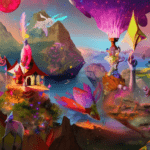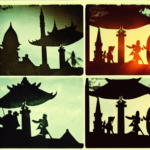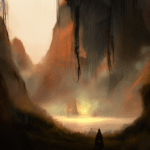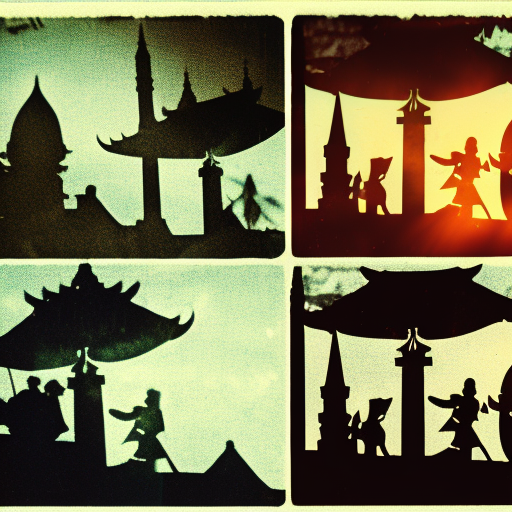The Writing of the Ramayana and Mahabharata
The Ramayana and Mahabharata are two ancient Indian epics that hold great significance in Hindu mythology and literature. These epic poems were composed over a long period of time, with multiple authors and versions. They provide valuable insights into the cultural, social, and religious aspects of ancient India.
The Ramayana
The Ramayana is an epic poem attributed to the sage Valmiki and is considered one of the two major Sanskrit epics of ancient India. It tells the story of Prince Rama, his wife Sita, and his loyal devotee Hanuman. The Ramayana is divided into seven books, known as Kandas, and consists of about 24,000 verses.
The composition of the Ramayana is believed to have started around the 5th century BCE and continued for several centuries. It was initially passed down orally from generation to generation before being written down. Valmiki is considered the original author, but many scholars believe that the epic underwent multiple revisions and additions over time.
The Ramayana explores various themes, including the triumph of good over evil, the importance of dharma (righteousness), and the power of devotion. It also provides insights into ancient Indian society, with its depiction of the roles and responsibilities of kings, queens, and other characters.
The Mahabharata
The Mahabharata is another ancient Indian epic attributed to the sage Vyasa. It is considered the longest epic poem ever written, with over 100,000 verses. The Mahabharata narrates the story of the Kuru dynasty and the great Kurukshetra War between the Pandavas and the Kauravas.
The composition of the Mahabharata is believed to have started around the 8th century BCE and continued for several centuries. Like the Ramayana, it was initially transmitted orally before being written down. The epic underwent multiple revisions and additions, resulting in different versions and interpretations.
The Mahabharata covers a wide range of themes, including duty, honor, morality, and the complexities of human relationships. It contains the Bhagavad Gita, a philosophical dialogue between Prince Arjuna and Lord Krishna, which is considered one of the most important texts in Hindu philosophy.
Significance and Influence
Both the Ramayana and Mahabharata have had a profound impact on Indian culture, religion, and literature. They have inspired countless adaptations, retellings, and performances in various languages and art forms. The characters and stories from these epics have become an integral part of Indian folklore and mythology.
The Ramayana and Mahabharata have also influenced other literary works, such as the plays of Kalidasa and the poetry of Tulsidas. They have provided moral and ethical guidance to generations of Indians, shaping their values and beliefs.
In addition to their cultural and religious significance, the epics offer valuable historical insights. They provide glimpses into ancient Indian society, including its social structure, political systems, and religious practices. The epics also shed light on the geographical and cultural landscape of ancient India.
In conclusion, the Ramayana and Mahabharata are two ancient Indian epics that hold immense cultural, religious, and literary significance. They were composed over a long period of time, with multiple authors and versions. These epic poems provide valuable insights into ancient Indian society, while also offering moral and philosophical guidance to generations of Indians.












